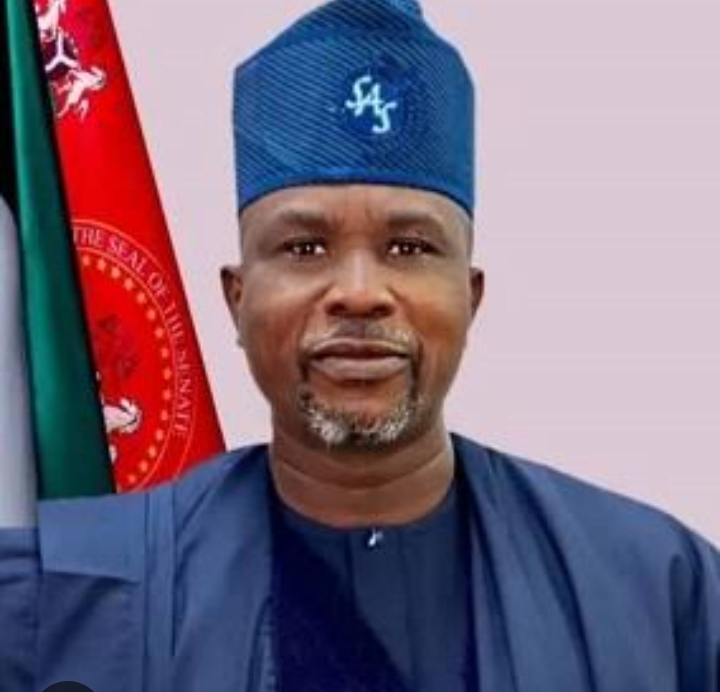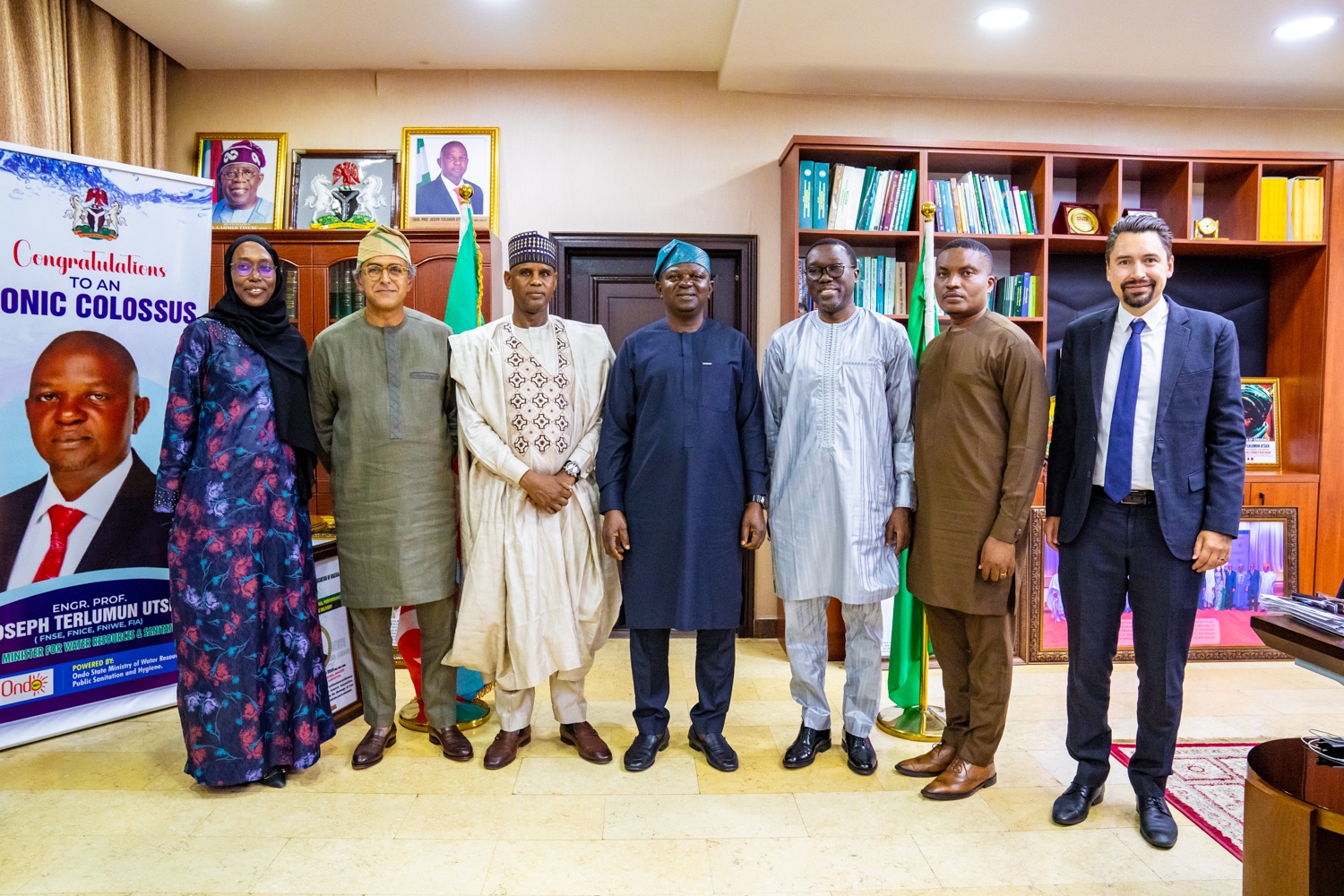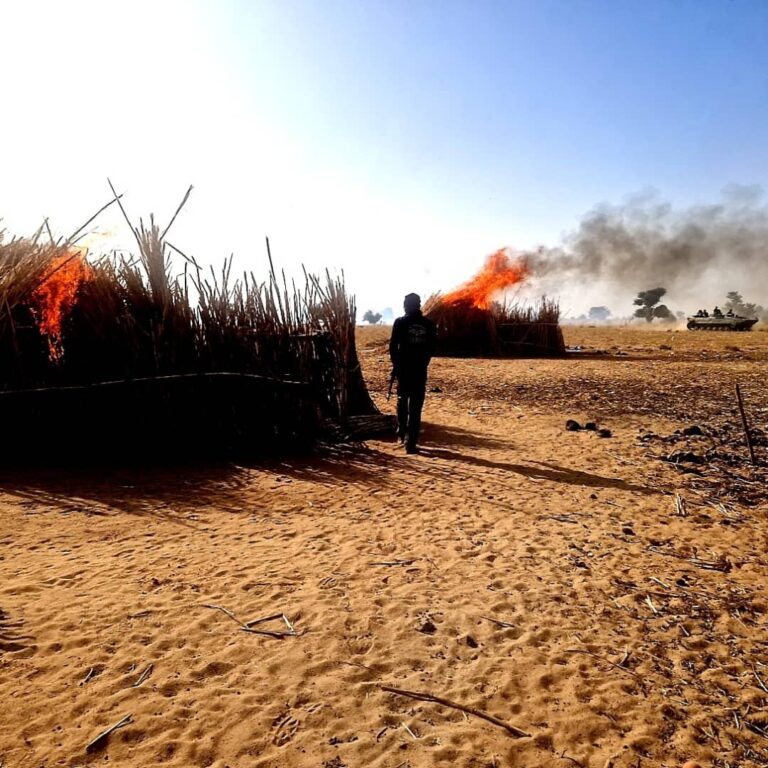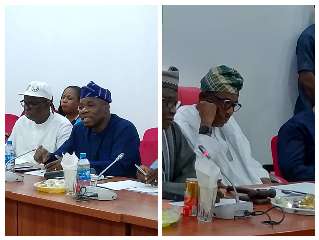Water Minister Debunks Rumors Linking Mokwa Floods to Kainji Dam Leakage
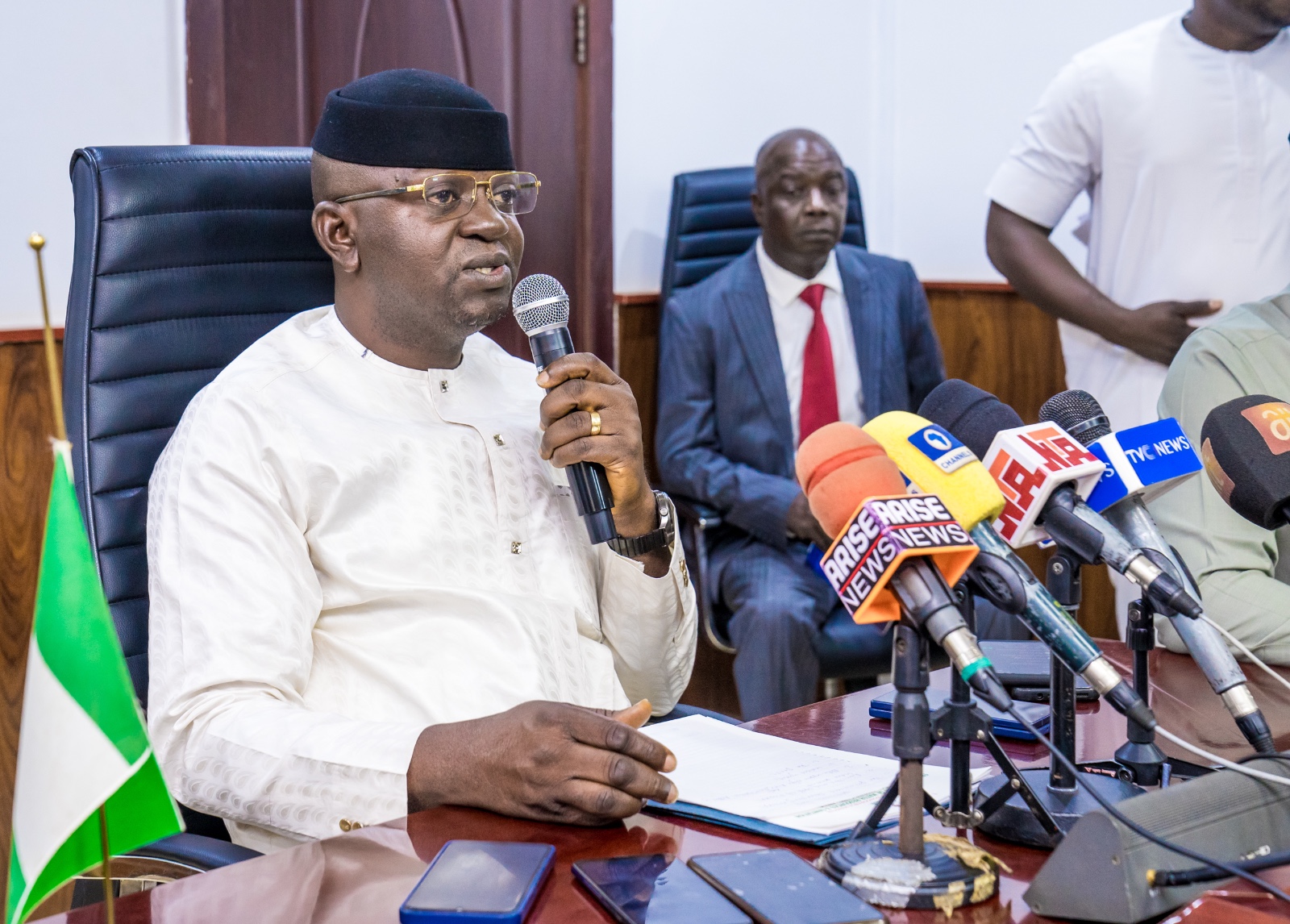
By Fatima Saka
Abuja, Nigeria – The Minister of Water Resources and Sanitation, Prof. Engr. Joseph Terlumun Utsev, has refuted widespread rumors that the recent devastating floods in Mokwa, Niger State, were caused by a leakage or collapse of the Kainji Dam.

Addressing journalists during a press briefing on Tuesday in Abuja, Prof. Utsev clarified that the flooding was not related to any failure of the Kainji or Jebba dams.

“Both dams are intact and safe,” he asserted. “The flood in Mokwa was primarily the result of extreme rainfall due to climate change, compounded by poor drainage infrastructure and unregulated human activities.”
Prof. Utsev expressed his condolences, saying: “The Federal Ministry of Water Resources and Sanitation extends its heartfelt sympathy and solidarity to the Government and people of Niger State, especially the affected communities in Mokwa.”
According to the Minister, the flooding occurred because of heavy rains that overwhelmed the drainage systems and caused the blockage of an ephemeral tributary of the River Dingi an offshoot of the River Niger. This river, which typically remains dry except during heavy rainfall, was obstructed by human settlement and railway infrastructure.
“The settlement in Mokwa lies on a floodplain. The railway embankment acted as a barrier, preventing water from flowing freely, which caused water from River Dingi to accumulate and eventually overflow,” Prof. Utsev explained.
Speaking on the intervention of Technical Assessment and Government Response, the minister said that technical personnel from the Ministry, including the Nigeria Hydrological Services Agency (NIHSA), Upper Niger River Basin Development Authority (UNRBDA), and the National Water Resources Institute (NWRI), are currently on the ground in Mokwa conducting assessments.
“The Ministry assured that it is coordinating with the Niger State Government to: Provide immediate relief to affected communities., Consider relocation of residents living in high-risk floodplain areas., Improve drainage infrastructure to mitigate future occurrences and 2025 Flood Forecast and Early Warnings.”
Prof. Utsev reminded the public that the Ministry, through NIHSA, had earlier issued the 2025 Annual Flood Outlook (AFO), which had predicted potential flooding in 19 Local Government Areas of Niger State, including Mokwa.
According to the forecast:
1,249 communities in 176 LGAs are at high flood risk.
2,187 communities in 293 LGAs fall under moderate flood risk.
High-risk states include Niger, Kogi, Lagos, Rivers, Benue, Anambra, Delta, Bayelsa, and 25 others.
The Minister called on the state and local governments to act on these early warnings by: Strengthening drainage systems., Relocating residents from flood-prone areas, Conducting public awareness campaigns and Enforcing land-use regulations to prevent encroachment on floodplains.
“Flooding is no longer just a natural phenomenon; it is a developmental challenge. We must act now to build safer, more resilient communities,” he emphasized.
The Water Minister further urged the public and stakeholders to consult the NIHSA’s flood forecast dashboard at https://nihsa.gov.ng/flood-forecast-dashboard for real-time updates, community-level forecasts, and mitigation guidance.
READ ALSO: WHO, TY Danjuma Foundation Sign $2.26 Million Pact to Strengthen Nigeria’s Health System
Mokwa Flood Tragedy: 151 Dead, Over 3,000 Displaced – NEMA Reports
The Minister further reaffirmed the ministry commitment to climate-resilient water resource management and called for collaboration across all sectors to reduce vulnerability to flooding and environmental hazards.
“This incident is a wake-up call. We must invest in preparedness, infrastructure, and community education to prevent future tragedies,” Prof. Utsev highlighted.


